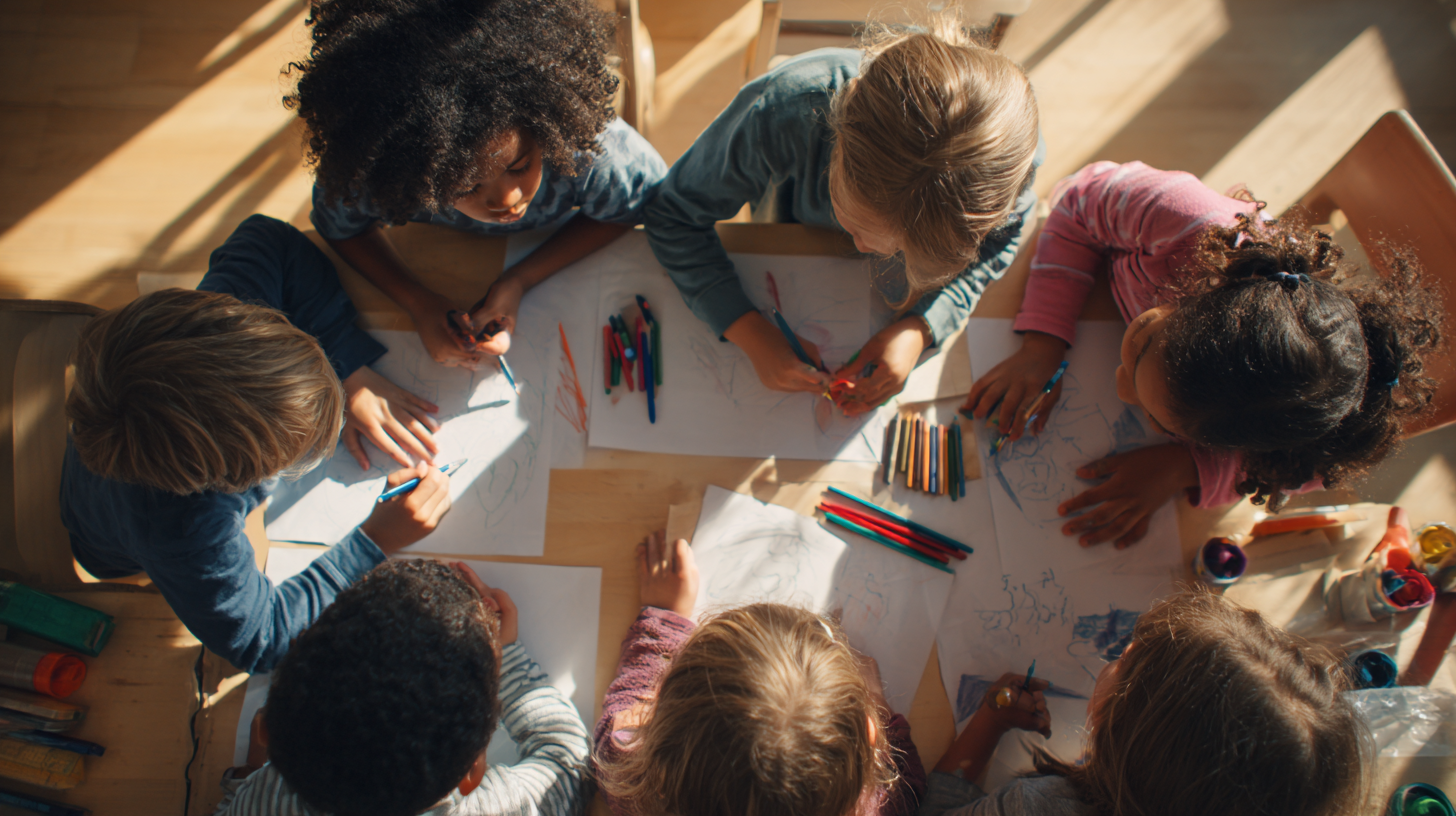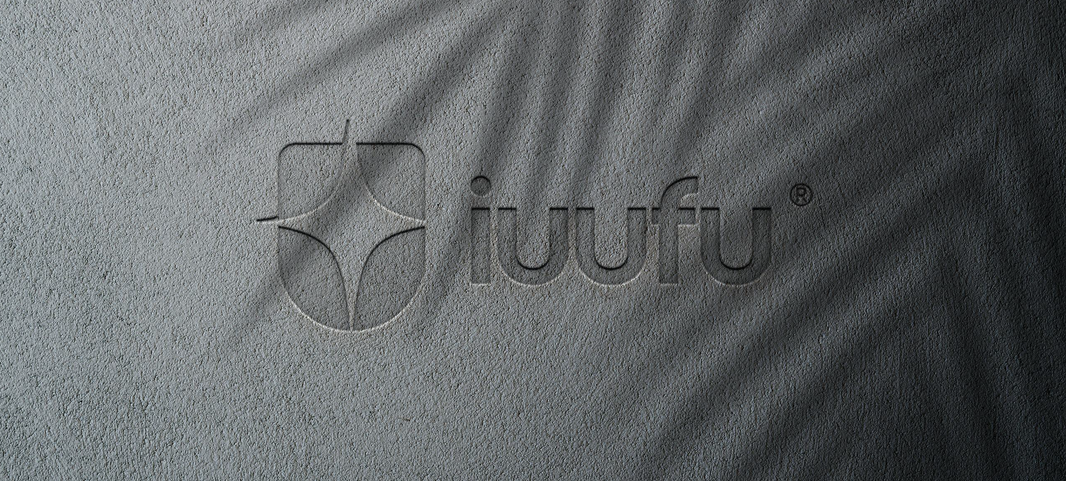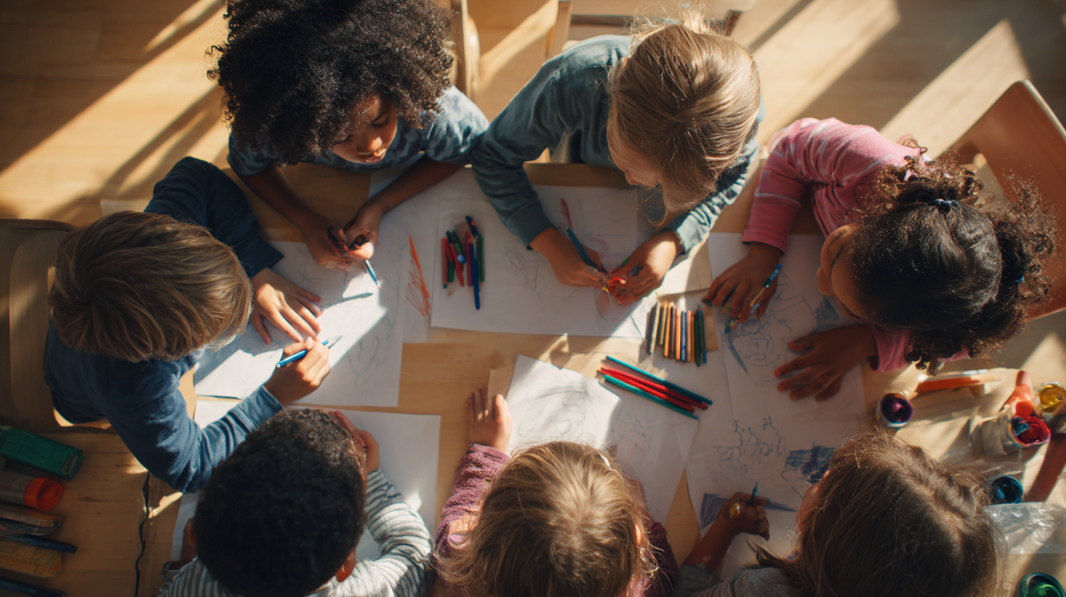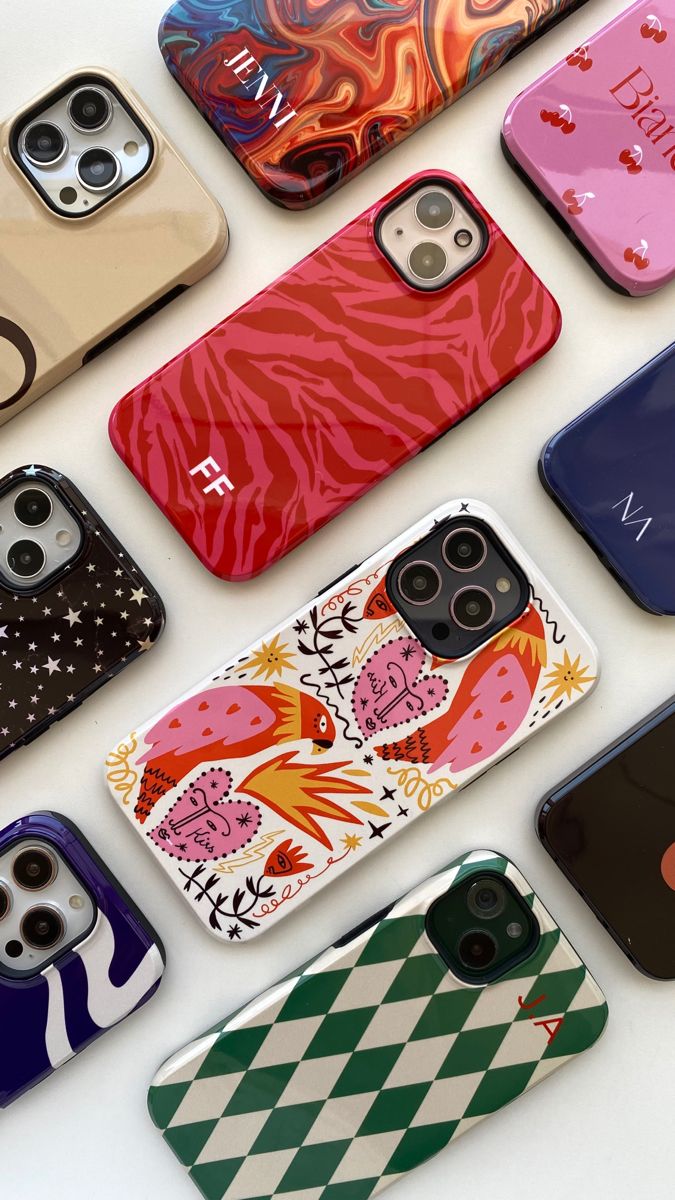A gentle way to turn imagination into everyday design
There is a certain electricity in a classroom when paper meets color and a young hand decides where the sky should stop. We felt it again last spring: a teacher opened a folder of drawings—coral reefs that bend like music, a grandmother’s kitchen table, a skate park mapped in confident pencil—and asked a simple question: “Can these live beyond the paper?” At iuufu we believe the answer is yes, and we believe the path from a child’s drawing to a real object should be respectful, transparent, and joyful. Our Schools & Youth Program is built for that path: students make the art, we turn it into well‑made things people actually use, and the community sees creativity become something you can carry.
The Schools & Youth Program
The idea is intentionally modest. We’re not trying to manufacture prodigies or stage viral moments. We are building a repeatable experience—calm, proud, and honest—where a drawing can become a phone case a parent reaches for every morning, a tote that goes to the library, a desk mat that makes homework feel like it belongs. We keep on‑demand production at the core so nothing is wasted; we let the artwork lead so the object feels inevitable rather than decorated. Most of all, we keep the young creator’s dignity intact: their work stays theirs, their name stays on it, and every step is designed to be intelligible to a child and reassuring to a guardian.
Behind that simplicity is a lot of careful work. Hand‑drawn pieces arrive as sketches and paintings; we digitize them with high‑resolution scanning and color calibration that protects the intention of the original—paper grain is a memory, not a flaw. Where a phone camera is all a school has, we provide easy capture guidance and then repair what optics distort. Our designers test scale and placement across real templates: a coral coil should not lose itself under a camera cut‑out; a signature should land where a hand won’t rub it bald. We choose the print method that serves the piece—UV for crisp line discipline on hard backs, sublimation when a pattern needs to wrap softly around the edge—and we proof quietly until the image and the surface agree. When orders come, manufacturing is fast but not rushed, packaging is protective without noise, and shipping routes are chosen for reliability first.
Because we want families and schools to benefit meaningfully, our youth model is straightforward. Once production cost—the necessary cost to make and ship—is removed, we share the remainder. Certified youth creators (typically under 18, with guardian approval) are granted our Level‑5 Youth status, and they receive a 90% share of profit on their own designs. That decision is not a stunt. It is a promise about what we value: the child’s work and the family’s effort to nurture it. For schools and clubs, that share can be directed to a fundraiser; for families, it can be a small fund for new materials or a savings goal a child can count with their fingers. When we talk to students about this, we use simple sentences and clean numbers. It is far more powerful to say, “This mug helped pay for paint.”
A typical school project takes about four weeks and fits inside a semester’s rhythm without hijacking it. The first week is for permission and collection—guardians sign, teachers gather work, our team shares a short capture guide if scanners are scarce. The second week is digitization and first pass curation: we fix edges, respect lines, normalize lighting, and send a proof gallery with plain‑language notes. The third week is for selections and stories—students choose which pieces to publish, we write short, kind copy that frames the work in the student’s voice, and we test a small capsule of products that make sense for age and home life (totes, desk mats, prints, mugs; phone cases for older students with model‑accurate fit). The fourth week is a soft launch—a campus storefront or class lookbook goes live, tracking is ready for any fundraiser component, and we quietly invite families first so the public celebration arrives to something that already works.

The objects themselves matter.
We avoid novelty for novelty’s sake. Materials are chosen to survive real weeks, not just one photo. A tote must carry books without asking for special treatment; a desk mat should smooth the sound of a pencil; a print should hang easily in a hallway and still look generous in dorm light. For younger children we focus on textiles and home items that let pride live in shared spaces; for teens, we expand into daily‑carry pieces and device cases with the same care we give to any creator on our platform. Everything is made on‑demand, so there are no boxes of unsold things sitting sadly in a storage room. It’s a small thing, but it teaches something significant: good design respects the world.
We are often asked about safety. The answer is woven into the program rather than appended. Guardian consent anchors participation. A young creator’s work remains their property; iuufu receives only the specific license needed to produce, display on our storefront, and fulfill orders. We do not use a child’s image or work in paid ads without explicitly renewed permission, and we remove or pause listings on request with adult‑level responsiveness. Student data is kept minimal and purpose‑bound. On the content side, moderation keeps the experience school‑safe, and where a motif bumps into cultural sensitivities, teachers and guardians hear from us before they hear from a page going live. Tools may assist in scanning or cleanup, but curation stays human. This is non‑negotiable.
For partners—art schools, youth centers, school art clubs
We build a shared lane. You introduce promising young artists; we create organization pages where your community can browse student capsules and see progress in one place. Some partners run seasonal showcases; others organize fundraising sales where a clear, visible percentage flows to a cause. We match the cadence to your calendar rather than force a platform rhythm. When stories emerge—a ten‑year‑old whose cherry‑blossom mug funds her watercolor set, a group whose reef prints support a beach clean‑up—they are told with permission and care. Press is a by‑product, not a target.

None of this works without joy. The moment a student sees their drawing arrive as something they can use without ceremony—no “fragile” warning on the feeling—that is the moment the program succeeds. Pride is not loud here. It is a father washing a mug a little more gently than usual, a grandparent asking for a second print for the hallway, a teacher who notices that the kid who never finishes anything finishes this. The quiet outcomes are the durable ones.
If you’re reading this as a parent, teacher, or program lead and wondering whether your school can manage the logistics, the answer is almost certainly yes. We can scan on site or guide you through a simple capture with a phone; we can ship direct‑to‑home or bulk‑to‑school; we can set a storefront to “invite‑only” until you’re ready to share. You will not have to learn a new system overnight. You will have a single contact, in EN / JP / CN, who replies within one to two business days and respects the calendar you already live in.
When young hands make real things, a family’s day changes by a small percentage that matters. That is enough. If you want to start, tell us who you are, how many students you’re thinking about, and the week that looks kindest for a launch. We’ll bring the scanners and the tape, the templates and the patience. You bring the drawings. The rest is already on the table.
Start here: /schools · Email: schools@iuufu.com (EN/JP/CN)
For organizations: ask for our partner kit and sample capsule.








